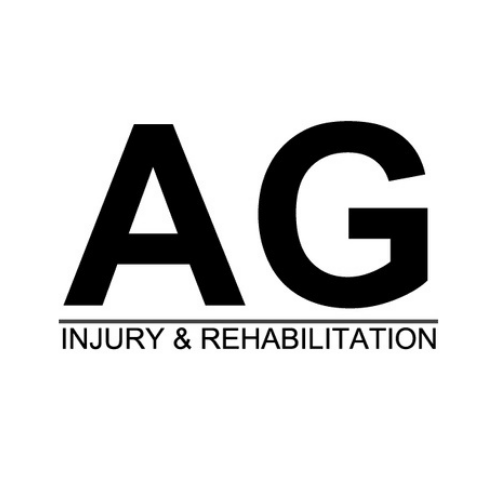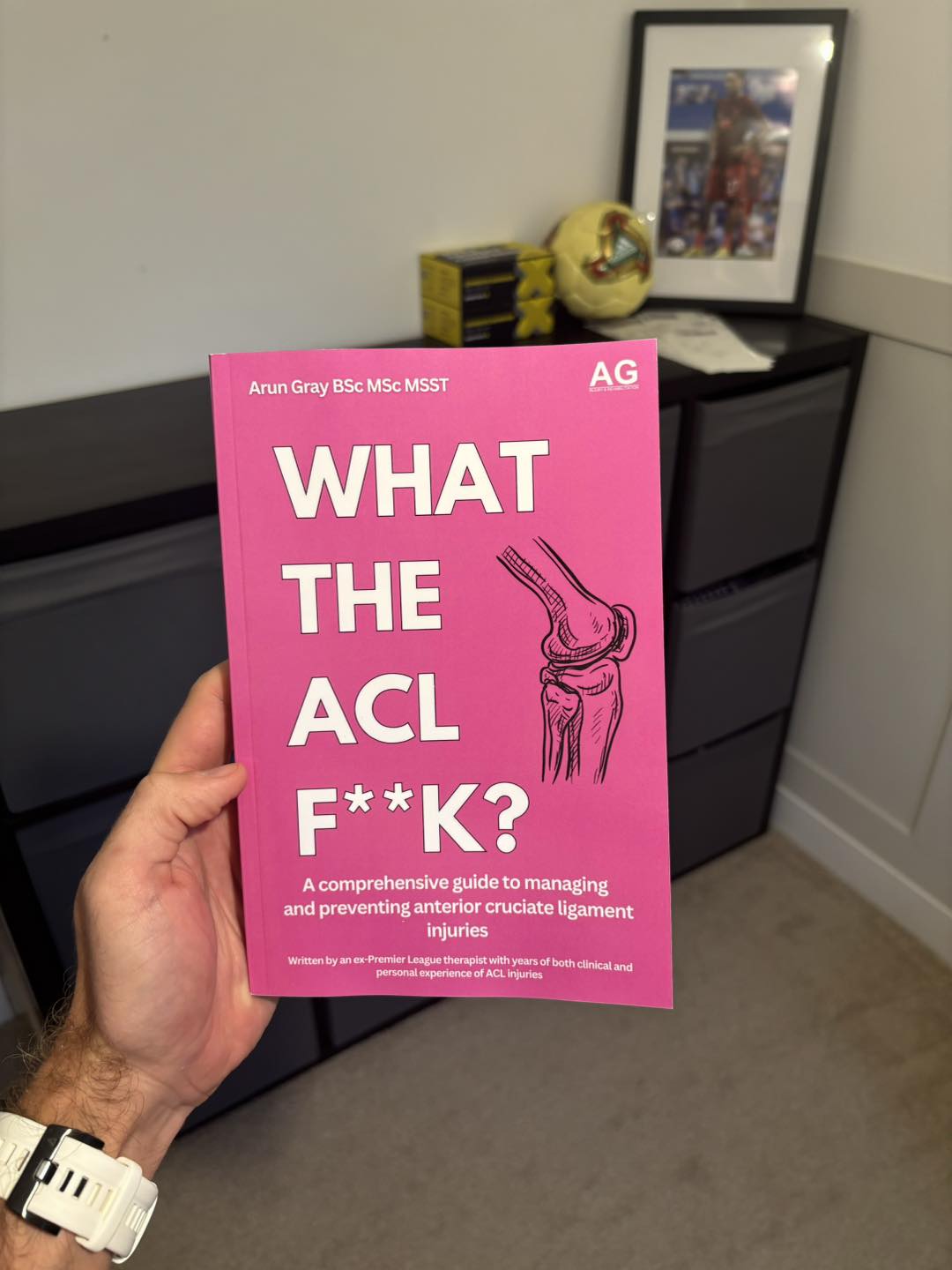Every year, over 200,000 Americans face the challenging decision of how to repair their torn ACL. While this common sports injury once meant the end of athletic careers, modern surgical techniques now offer multiple paths to recovery, each with its own unique advantages and considerations.
The choice between using your own tissue (autograft) or donor tissue (allograft) for ACL reconstruction isn't just a medical decision – it's a personal journey that depends on your age, activity level, and goals. Understanding these options can mean the difference between a successful return to sports and potential complications down the road.
Overview of ACL Injuries and Reconstruction
ACL injuries typically happen during sports when players make quick stops or direction changes. These injuries can also occur from direct hits to the knee. ACL reconstruction and rehabilitation fixes knee stability through two main methods: autograft and allograft procedures. The surgery helps patients regain normal knee function and return to their activities. Most patients who get ACL reconstruction with current surgical methods see success rates above 90%.
Autograft Options
The patellar tendon autograft offers solid initial attachment and bone-to-bone healing, though some patients experience front knee pain. Hamstring tendon grafts reduce harvest site problems but may lead to slight muscle weakness. Quadriceps tendon grafts work well for repeat surgeries and cause less front knee discomfort than patellar options. Artificial graft versus autograft studies show autografts generally provide better results for younger, active patients who want to return to sports.
Allograft Options
Allografts come from donor tissue, including patellar tendons, Achilles tendons, or hamstring tendons from cadavers. These grafts offer shorter operation times and less initial pain since there's no need to remove tissue from the patient's own body. However, young athletes face higher failure rates with structural allograft reconstruction, and there's a small risk of disease transmission. Doctors often suggest allografts for patients over 40 or those with lower activity requirements.
Comparison of Graft Strength and Durability
Research shows autografts last longer than allografts over extended periods. Patellar tendon autografts stand out as the top choice for strength in ACL reconstruction. The sterilization process used on allografts can weaken the tissue structure, which affects their long-term performance. In how long rehabilitation takes, high-demand sports situations, autografts show better stability and lower chances of breaking down compared to donor tissue options.
Recovery Time and Rehabilitation Differences
Patients with allografts often start physical therapy more comfortably since they don't have a second surgery site to heal. Both graft types need about 6 months before athletes can return to sports. The recovery process includes exercises to build knee motion, muscle strength, and balance. Physical therapists guide patients through specific steps, starting with basic movement and building up to sport-specific training. Doctors check strength and movement tests before clearing patients for full activity.
Risk of Re-injury for Each Option
Young, active patients who receive allografts show higher rates of graft failure compared to those with autografts. Athletes returning to high-intensity sports face a 2-3 times greater chance of re-injury with donor tissue grafts. Patient age plays a key role - those under 25 experience more re-tears with allografts. Artificial graft versus autograft procedures, especially patellar tendon options, provide stronger results for competitive athletes and reduce the likelihood of repeat injuries.
Age and Activity Levels in Graft Selection
Doctors typically suggest autografts for patients under 40, particularly those planning to Nature. These grafts show better stability and lower failure rates in young, athletic individuals. For patients over 40 or those with moderate activity levels, allografts become a practical choice. Weekend warriors and recreational athletes might benefit from either option, with the final decision based on their specific fitness goals and lifestyle demands. The graft choice also considers factors like job requirements and preferred exercise routines.
Surgical Techniques: Single-Bundle vs. Double-Bundle Reconstruction
Single-bundle ACL reconstruction stands as the most common surgical approach, using one tissue graft to replace the damaged ligament. Double-bundle procedures use two separate grafts to copy the natural ACL structure. Both methods help patients return to sports and daily activities.
While double-bundle surgery tries to match the knee's original anatomy more closely, studies haven't shown clear benefits over the single-bundle method. The choice between techniques often depends on the patient's anatomy and the surgeon's training.
Graft Fixation Methods
Surgeons use several techniques to secure ACL grafts in place. Metal or bioabsorbable screws attach the tissue at both ends, while suspension devices like buttons or pins hold the graft against the bone surface. The choice of fixation method affects how quickly patients can start rehabilitation timelines.
Strong initial fixation helps the graft bond with surrounding bone tissue. This attachment forms the base for successful long-term healing and knee stability. Most fixation methods show similar results when paired with proper rehabilitation programs.
Potential Complications for Each Option
Autograft procedures can lead to front knee pain, particularly with patellar tendon grafts. Some patients experience weakness in the harvest area, and rare cases might see kneecap fractures. Recovery from the donor site takes extra time and attention.
Allograft complications focus on tissue rejection and integration problems. While uncommon, disease transmission remains possible. Alternative bioprosthetic procedures carry similar risks. Young athletes face higher rates of graft stretching and failure compared to autograft patients. Both types carry standard surgical risks like infection, blood clots, and stiffness, but proper medical care reduces these issues.
Long-term Outcomes and Success Rates
Modern ACL reconstruction methods show success rates above 90% when patients follow proper rehabilitation plans. Studies tracking patients for 10+ years find that both autografts and allografts help people return to their regular activities. Autografts lead to better results in young, active patients, with lower re-injury rates and higher satisfaction scores. Physical activity levels often match pre-injury status within one year after surgery, though some patients report minor knee stiffness or occasional discomfort during intense activities.
Cost Considerations
ACL surgery costs vary based on graft choice and facility. Autograft procedures typically cost $20,000 to $30,000, while allograft surgeries run $5,000 to $10,000 higher due to tissue processing fees. Most insurance plans cover ACL reconstruction, but patients often pay $2,000 to $6,000 in deductibles and copays. Hospital fees make up 60-70% of total costs, with surgeon and anesthesia fees accounting for the rest.
Emerging Techniques in ACL Repair and Augmentation
Recent advances in ACL surgery include new repair methods for partial tears. Instead of full reconstruction, surgeons can now fix some torn ligaments using small anchors and strong sutures. This method works best when the tear is fresh and the tissue quality is good.
Internal bracing adds synthetic support to help natural healing. Early studies show these techniques might speed up recovery time. However, not all patients qualify for these newer options, and long-term results are still being studied.
Graft Selection for Revision ACL Reconstruction
When first-time ACL surgeries fail, patients need revision procedures. The choice of graft depends on what doctors used in the first surgery. If a patellar tendon graft failed initially, surgeons often pick alternative bioprosthetic options or donor tissue for the second attempt. The quality and amount of remaining tissue also affect graft options.
Many doctors prefer quadriceps tendon grafts for revisions since these show good strength and can work well even after previous surgeries. Some surgeons choose allografts to avoid taking more tissue from the patient's knee.
Patient-Specific Factors Influencing Graft Choice
Several key elements shape ACL graft selection for each patient. Medical history, including past knee injuries or surgeries, affects tissue availability and healing potential. Activity requirements matter too - competitive athletes often need different solutions than casual gym-goers.
Age plays a big role, as younger patients typically get better results with their own tissue. Physical attributes like leg size and muscle strength help determine which grafts will work best. Patient preferences about recovery time and donor tissue also guide treatment decisions.
Surgeon Preference and Experience
A surgeon's background with specific ACL reconstruction and rehabilitation techniques affects their graft recommendations. Most doctors stick with methods they've performed hundreds of times, as this leads to better results. When picking a surgeon, patients should ask about their yearly ACL surgery numbers and success rates with different graft types.
Smart patients look up their surgeon's training history and check board certifications. They also request to see before-and-after results from past procedures. Getting second opinions helps patients understand their options and find the right surgical match.
Post-Operative Pain and Donor Site Morbidity
Patients with autografts often feel more pain early after surgery because of the second surgical site where doctors take the graft tissue. The patellar tendon graft typically causes the most donor site pain, while hamstring grafts tend to hurt less. Doctors use local anesthetic injections and pain medications to help manage discomfort in both the knee and donor areas. Physical therapy starts with gentle exercises that limit stress on tender spots. Most patients see donor site pain fade within 3-6 weeks as healing progresses.
Return to Sport Timelines
Most athletes return to sports about 6 months after ACL surgery, though individual recovery varies. The first 3 months focus on basic movement and strength building. Months 4-6 add sport-specific training and agility work.
Before clearing athletes for full play, doctors check strength tests, jumping ability, and running form. Rehabilitation timelines show autograft patients often hit recovery milestones faster than those with allografts, but both groups need complete healing before returning to competition.
Graft Integration and Healing Process
The body changes ACL grafts into ligament-like tissue through a process called remodeling. This starts with inflammation and cell migration, followed by new blood vessel growth into the graft. Anterior cruciate ligament reconstruction typically bonds with surrounding tissue within 8-12 weeks, while allografts need 12-16 weeks for similar progress.
The healing speed depends on blood supply and tissue type. Bone-to-bone connections, like those in patellar tendon grafts, attach faster than soft tissue grafts. Most grafts reach full strength after 12 months of proper rehabilitation.
Making Your Choice
The decision between autograft and allograft ACL reconstruction ultimately comes down to your individual circumstances. While younger athletes often benefit from the durability of autografts, older patients might find allografts better suited to their recovery needs. Success rates exceeding 90% for both options demonstrate that modern ACL reconstruction techniques can effectively restore knee stability and function.
What matters most is making an informed choice based on your age, activity level, and recovery goals, while working closely with an experienced surgeon who can guide you through the selection process. Remember, the best graft choice is the one that aligns with your lifestyle and supports your long-term knee health.

